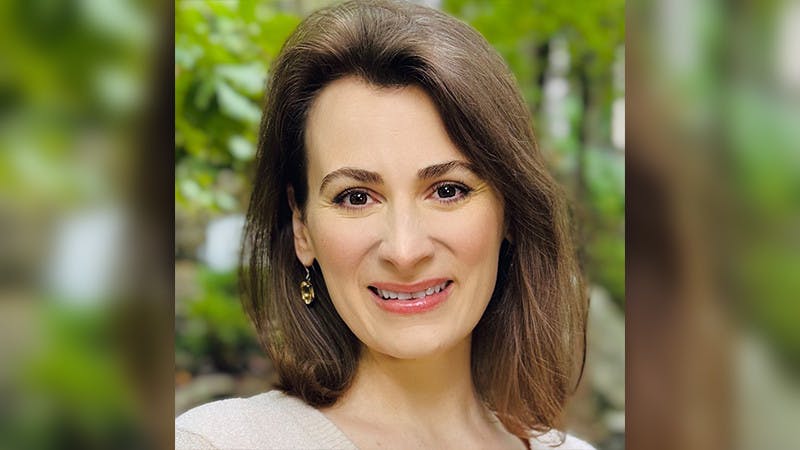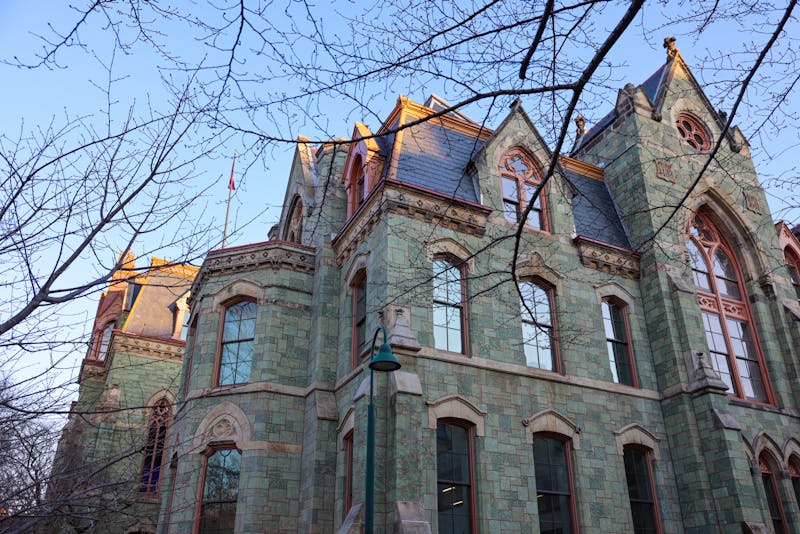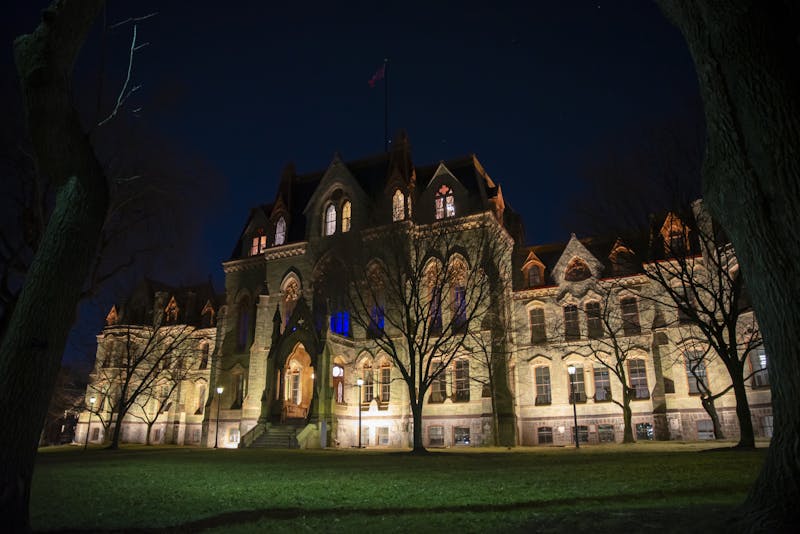Though medical school applications and enrollment reached all-time highs this year across the country, the numbers have remained stable at Penn.
Nationally, the total number of applications increased by over six percent to 48,014 since 2012, according to the Association of American Medical Colleges. This new record number of applications surpassed the former record, set in 1996, by 1,049.
The number of students actually enrolling in medical schools has also reached a new high of 20,005, which is a 2.8 percent increase from 2012.
Despite these changes, the Perelman School of Medicine has kept its numbers relatively stable. Since 2009, it has received approximately 6,000 applications each year, and each year it has had a class size of approximately 165 students, according to Susan Phillips, Penn Medicine’s senior vice president for public affairs.
“The increase in applications is great for the country, especially if it ultimately increases the number of primary care physicians,” Phillips said.
Phillips explained that the increase can be attributed to a growing number of medical schools, which is up by approximately 20 since 2005.
She also thinks that the increase could be associated with the fact that “those looking for professions are now less attracted to Wall Street and other fields, and hence are applying to medical school.”
In 2013, 14 medical schools increased their class sizes by over 10 percent, and four new medical schools welcomed their first classes. The increases in class size are likely a result of the AAMC calling on medical schools to increase their class sizes by 30 percent to avoid future doctor shortages.
With a higher number of students enrolling in medical school, experts are now concerned about a growing gap between the number of medical school graduates and the number of residency positions available upon graduation.
AAMC President and CEO Darrell Kirch said in a public statement that the government’s cap on federal support for residency training causes a shortage in the number of physicians in several specialties, especially in primary care.
“Students are doing their part by applying to medical school in record numbers. Medical schools are doing their part by expanding enrollment,” Kirch said, “Now Congress needs to do its part and act without delay to expand residency training to ensure that everyone who needs a doctor has access to one.”
College senior Julio Albarracin, who is currently applying to medical school, said he is not as concerned about the shortage of residency positions.
“The fact is that many residency positions end up unfilled, often due to location,” Albarracin said. “The problem will continue to be a shortage of primary care physicians, and that is largely a result of lower salaries.”
A previous version of this story incorrectly reported Phillips’ title. She is Penn Medicine’s senior vice president for public affairs.
The Daily Pennsylvanian is an independent, student-run newspaper. Please consider making a donation to support the coverage that shapes the University. Your generosity ensures a future of strong journalism at Penn.
DonatePlease note All comments are eligible for publication in The Daily Pennsylvanian.







